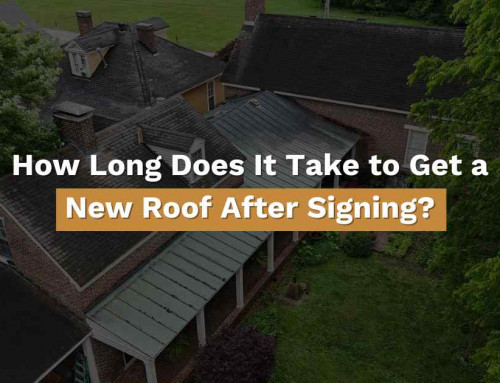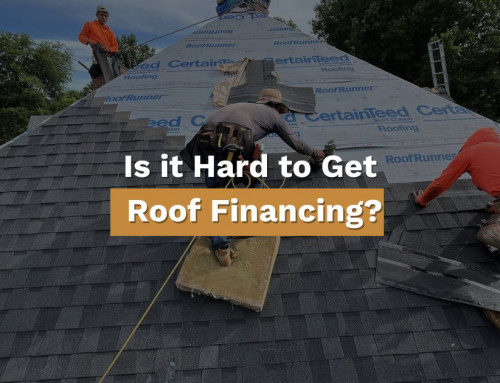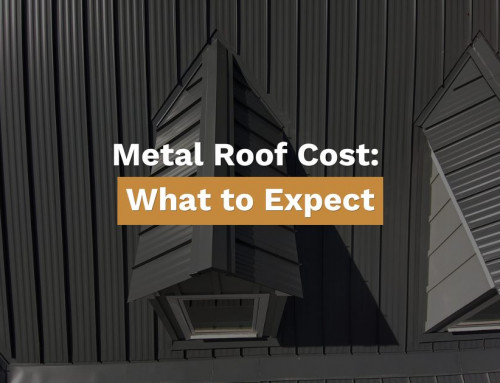
Highlights for Roofing Facts
- Roof styles and materials should match your local climate.
- Flat roofs aren’t flat—they’re slightly sloped for drainage.
- A roof is a system, not just shingles.
- Never cover old shingles—replace the roof properly.
- Roofing is not a DIY job—professional installation matters.
- Ventilation keeps your roof and attic healthy.
- Eco-friendly roofing options are on the rise.
- A clean roof lasts longer—leave it to the pros.
- A bad roof can kill a home sale; a good one adds value.
- Roofs don’t last forever—know your timeline and materials.
Table of Contents
What You Don't See on Your Roof
Published on 3/15/2019 | Updated on 7/25/2025
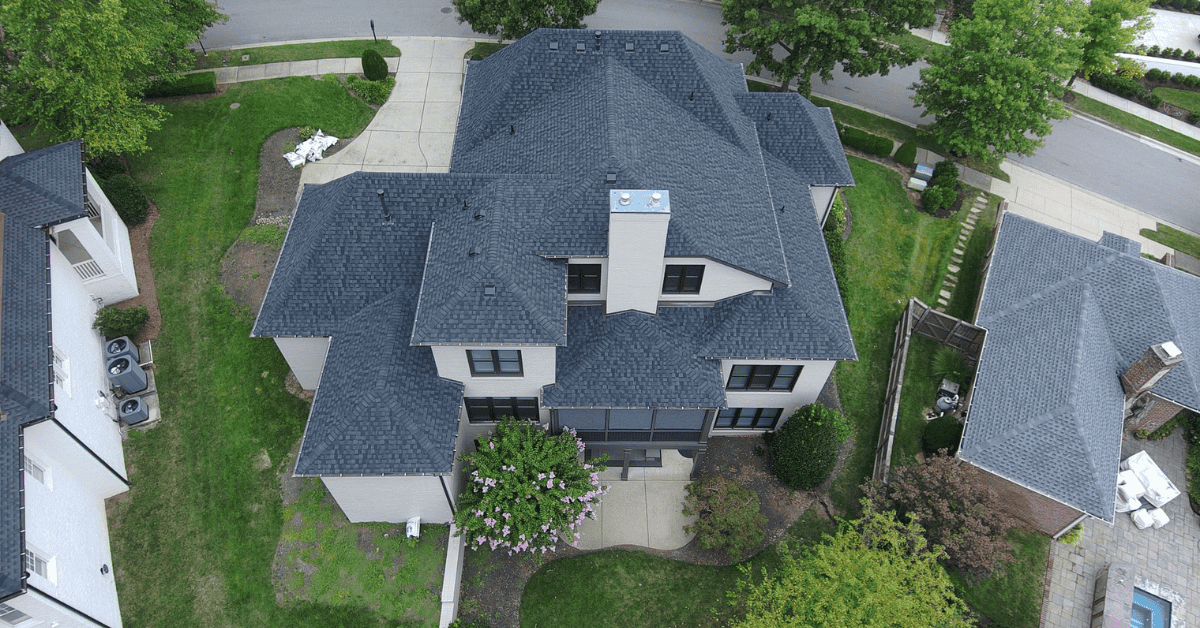
You see your roof every day. Your neighbor's roof catches your eye just as often. And throughout your daily drive, you likely spot dozens—if not hundreds—more. Many factors influence roofing choices, costs, and longevity, making the topic more complex than it may seem at first glance. Residential roofing plays a crucial role in protecting homes from the elements. The choice of materials and design can significantly impact both the durability and appearance of a house. We're pulling back the curtain (or shingles, in this case) and revealing 10 roofing facts that might surprise you.
1. Where you live dictates what style of roof you should get.
It's a roofing fact: some roof types just work better in certain regions and climates. Gable roofs, or roofs formed with two triangles at a 90-degree angle, work best in colder, snowier climates or when homeowners want to build attics or have vaulted ceilings.
Different roofing materials, such as metal, asphalt, or clay, are better suited to certain climates, and the choice of roof material can significantly impact durability and energy efficiency.

Hipped roofs, which have four slopes of equal length on all four sides that meet at the top to form a ridge, are more wind resistant than gable roofs and might work best in windy areas.
Water tends to pool more easily on a flat roof, which means this type of roofing system might be best in a drier, less rainy climate.
Choosing the right roof type and material is crucial for maintaining the integrity and value of the house.
2. Flat roofs are not flat.
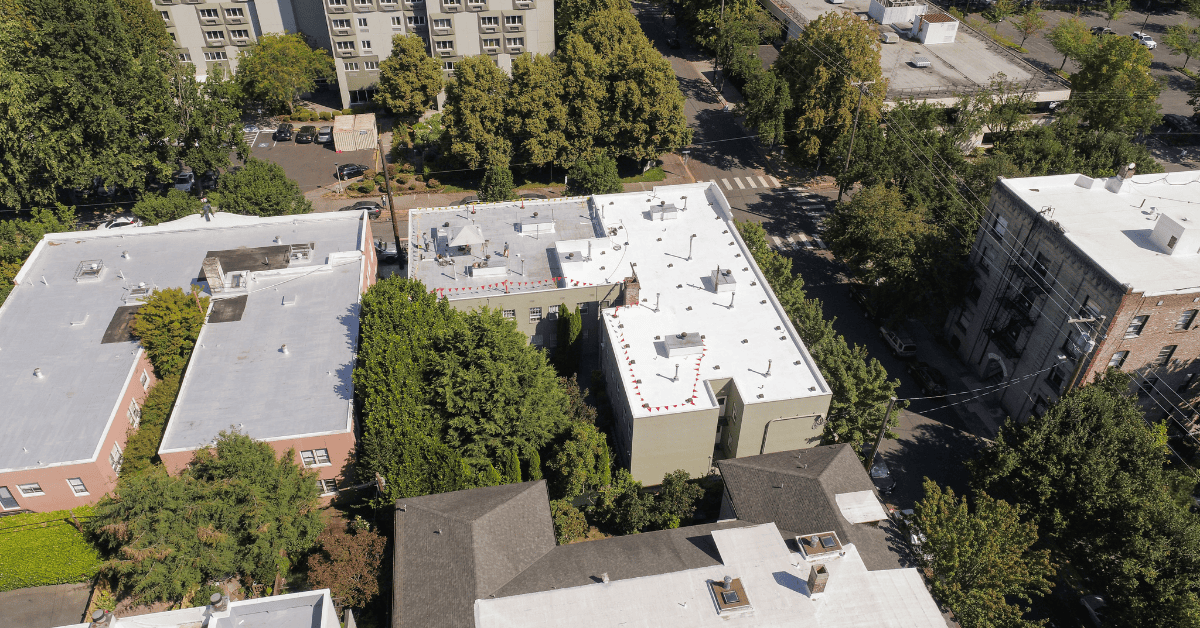
Don't be fooled by the name. Flat roofs are not entirely flat. They actually have a slight slope of at least ¼ inch per foot.
In flat roof construction, contractors attach the ceiling beneath the supporting joists, and water spots on the ceiling can be an early sign of leaks.
Flat roofing is the most common choice for commercial and industrial buildings because it is practical for covering large surfaces efficiently.
3. A roof is a lot more than shingles and wood.
A good roof system is made up of several essential roofing components, each playing a crucial role in keeping the roof watertight and durable. There's the roof decking, which has to support all the weight of the roofing system. Next comes the ice or water barrier to help prevent damage if ice damming occurs.
What is Included in a Roofing System

A roof also needs a waterproof or water-resistant underlayment that will protect the deck directly from moisture creeping in. Then there's the metal flashing, which ensures the water runs off the edges, and a drip edge, which has a similar function. Starter shingles are installed as the first layer of shingles to ensure proper alignment and sealing of the roofing layers. Finally, a roof has to have shingles. And don't forget the ventilation system–the soffits, eaves and vents which allow air to circulate.
Many homeowners integrate skylights into their roofing systems which require proper framing and flashing to prevent leaks. A roofing professional should regularly inspect all these components for potential issues,. These components work together to make up complex roofing systems.
4. It's not okay to cover an existing roof.
While it may seem like an inexpensive, quick fix to a roofing problem, installing a second layer of shingles over existing shingles—also known as re-roofing—can cover up big roofing issues that need to be addressed. Most building codes allow up to two layers of asphalt shingles, but adding a second layer over old shingles can hide problems with the underlying roof deck and make it difficult to inspect for damage. A double-layered roof adds weight and just hides the corroding material, allowing the problem to get worse.
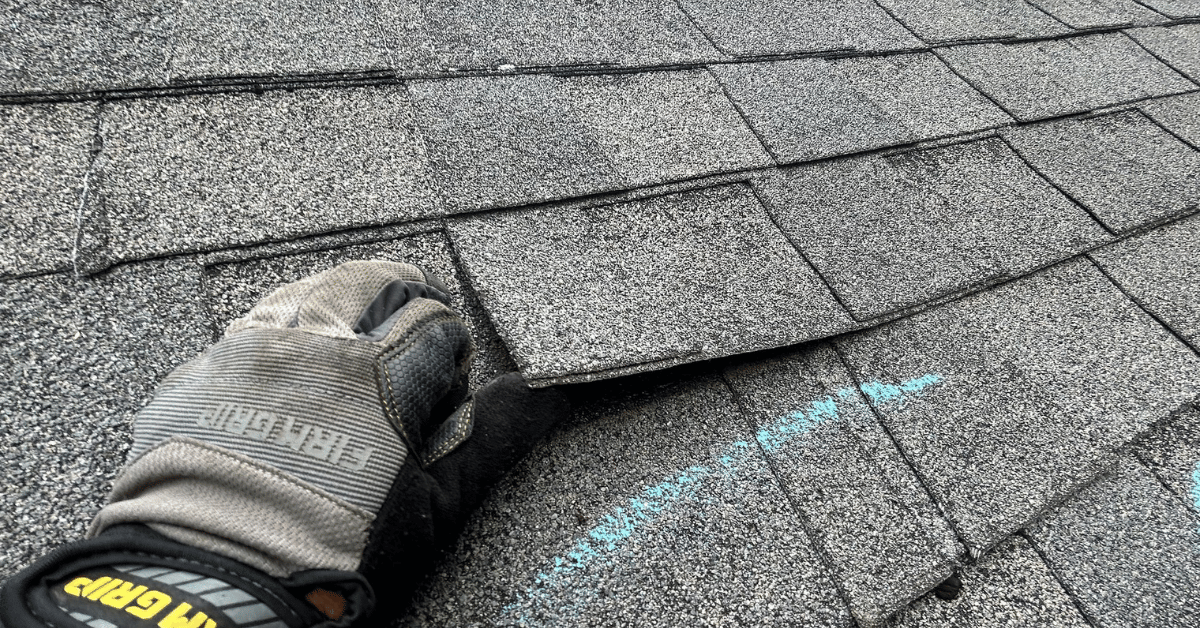
While re-roofing or re-layering is sometimes permitted, roofing professionals often recommend a full tear-off of the old shingles for proper inspection and repair. If previous roofing materials were installed over the top of your existing roof, you should replace the entire roof as soon as possible.
5. You can't DIY a roof.
Yes, it seems to run counter to what all the DIY programs tell you. The true roofing fact is: a roof is a complex system of layers. It requires proper installation from skilled professionals with the right training and tools to ensure it all works together correctly. Only a professional roofer or roofing professional has the expertise to handle complex roofing jobs safely and efficiently. Roofers and roofing professionals use specific installation methods, such as overlay and tear-off, to ensure quality and safety during the process.
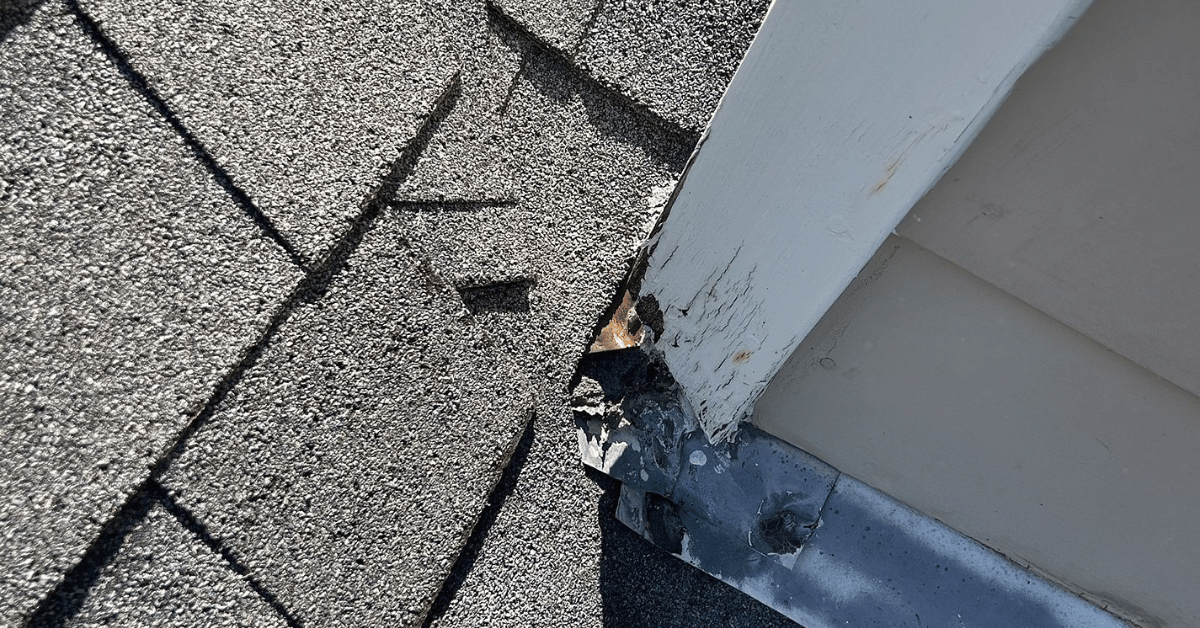
Best Not to DIY a Roof
When work begins on a new roof, professional roofers follow a set process to install and secure all components. These include installing underlayment, shingles, and ventilation systems. It is also important to consider a workmanship warranty. Most workmanship warranties cover the quality of the installation and provides peace of mind regarding the roofer's work. Roofing experts are trained to identify hidden issues and ensure the job is done right the first time. Going the DIY route can result in damage to your attic, walls, wood frame, and even electrical systems.
6. Roofs breathe.
As funny as it may sound, a roof needs air. Roof ventilation, ie: the flow of air on the underside of a roof deck, is one of the most critical aspects of the whole roof system. Roof ventilation allows warm, moist air to escape and cooler, drier air to come into the attic. Without ventilation, condensation is going to build up in your attic, which can damage walls, wood and insulation.
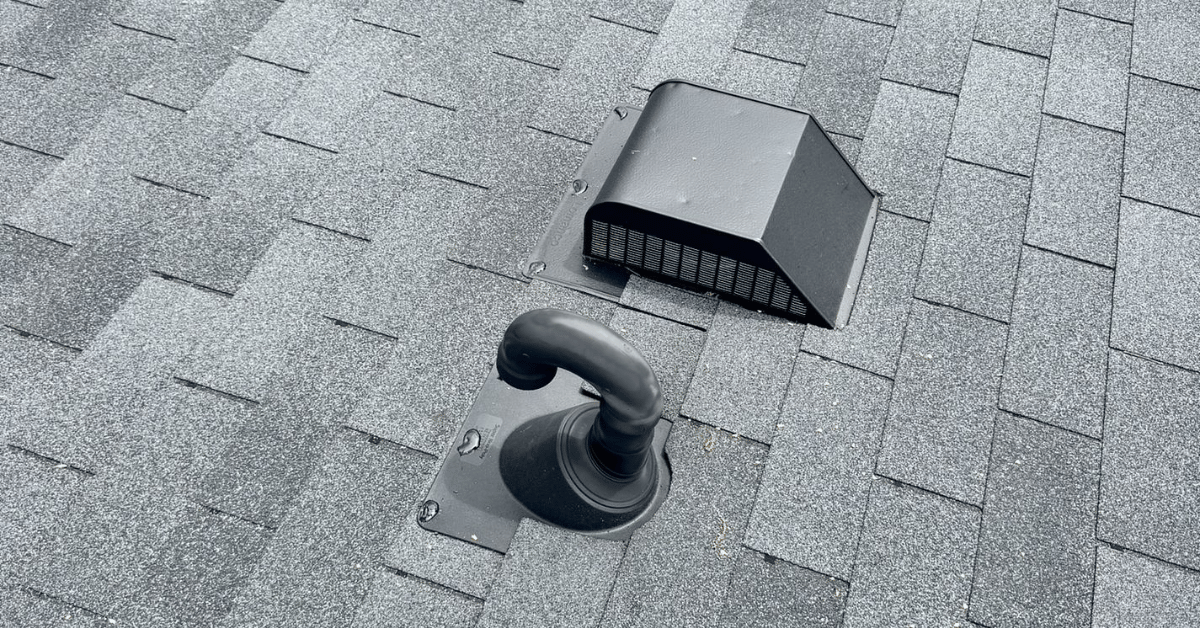
7. A roof can be good for the environment.
Some environmentally friendly roofing systems use synthetic rubber materials, which offer durability and sustainability. Additionally, solar panels can be installed on certain roofing systems to further improve energy efficiency. Manufacturers are developing new materials in the roofing industry to enhance sustainability, safety, and energy efficiency, providing homeowners with more advanced and cost-effective options.
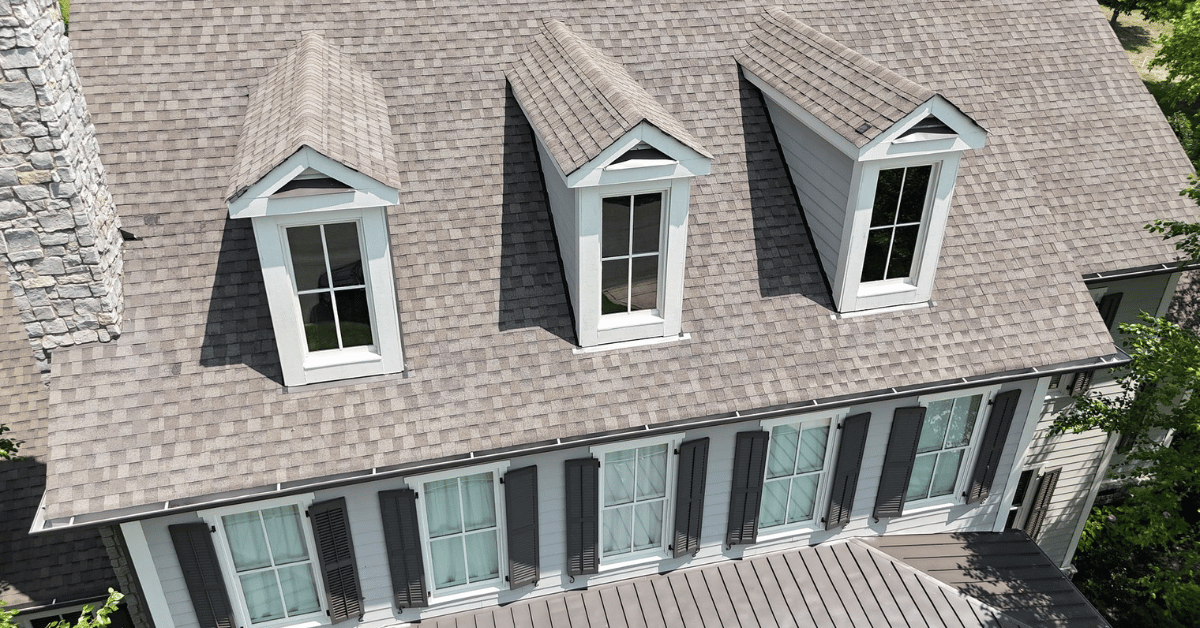
8. Professional roofing cleaning companies are a thing.
It's a roofing fact that it's important to keep your roof clean and clear of moss, algae and fungus/lichen, but did you know there are professionals who specialize in keeping roofs clean?
Roof cleaning is just one of the many services provided by roofing professionals to maintain roof health. They have special techniques and products to do it, including equipment that doesn't harm shingles and biodegradable cleaning solutions that are less harmful to plants and the environment. They even have a trade association, the Roof Cleaning Institute of America.
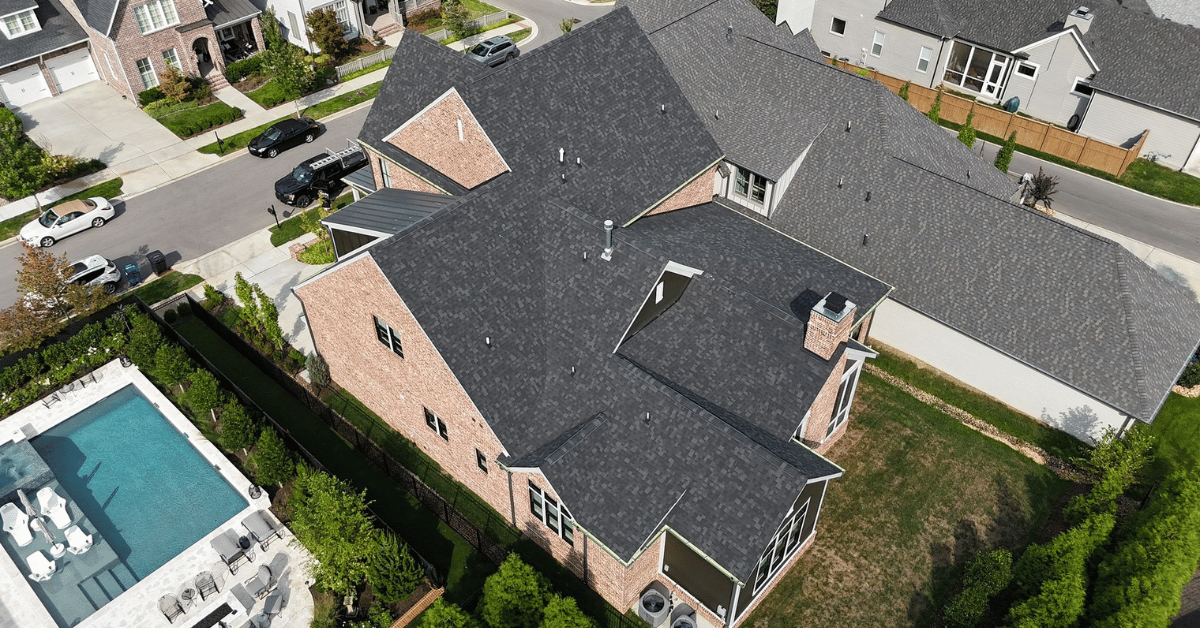
9. A faulty roof can break a home sale.
A new roof can be a major selling point when you go to sell your home. Visible signs such as water damage or leaks are red flags for buyers. Conversely, a roof with leaks, missing or damaged shingles, or other visible signs of disrepair can send a potential buyer running. Timely repair of these issues can help maintain the value of your home.
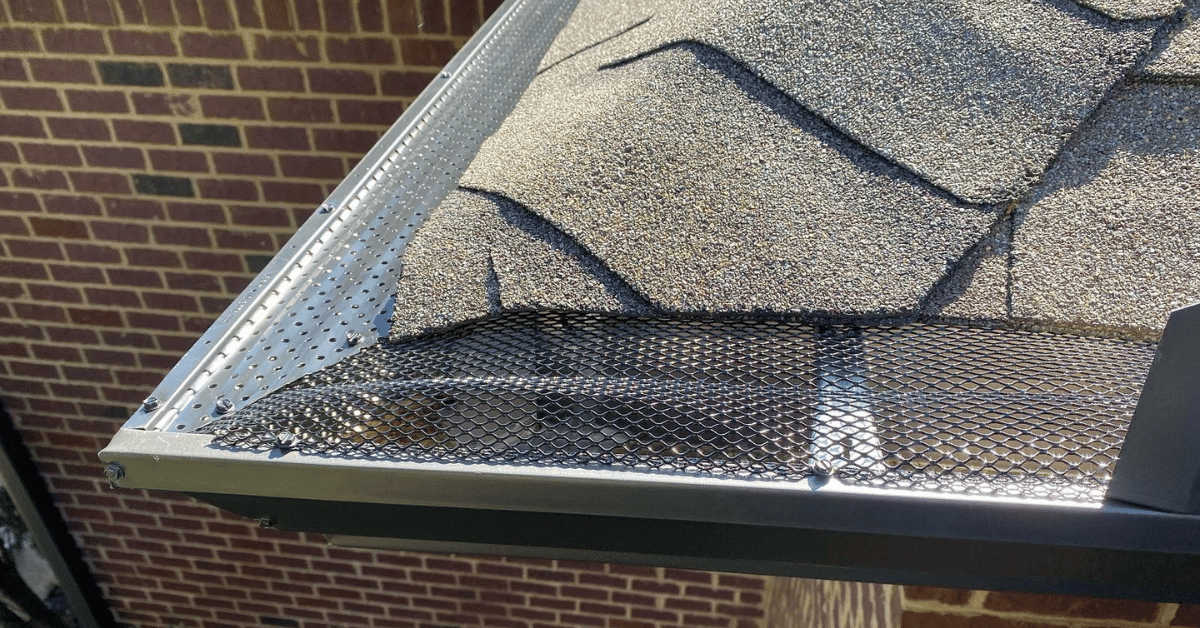
Roof repair is often a cost-effective solution to address problems early, preventing the need for a full roof replacement. No new homeowner wants to face a costly roof replacement right after moving in. It's far better to replace your roof before you sell your home.
10. My roof will last forever.
Almost, but not quite. The typical lifespan of a roof really depends on the materials and installation. A simple, 3-tab shingle roof may be warranted for 20 to 25 years. Shake style shingles can be warranted for up to 50 years.
Ongoing maintenance is essential to maximize the life of your roof and prevent costly issues. Homeowners extend their roof's lifespan by scheduling regular inspections and timely repairs.
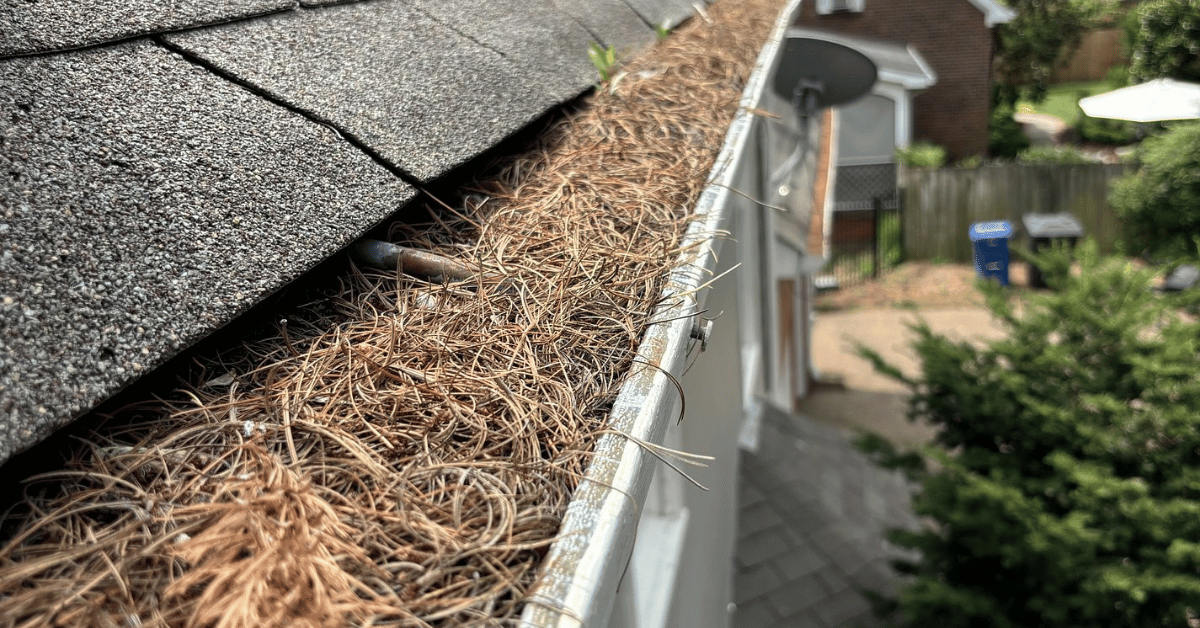
Roofing Components that Matter
When replacing a roof, it is important to check if components like oriented strand board or plywood sheathing beneath the shingles are damaged and need to be replaced. Gutters should also be inspected or replaced as part of a comprehensive roof replacement, since they can be affected by roof damage and are crucial for proper drainage. Sometimes, a full replacement is necessary when repairs are no longer sufficient to maintain the roof's integrity.
Several factors influence roof replacement, such as roof size, square footage, roof structure complexity, and the type of materials used. Costs are often calculated per square foot, so larger roofs with more square footage will have a higher overall roof replacement cost.
Roof Replacement Process
The general process of roof replacement involves removing old materials, inspecting the roof structure, and installing new shingles. Replacing damaged decking, underlayment, or other components may also be required to ensure a durable and long-lasting result.
For sheds, carports, or low-sloped roofs, rolled roofing is an affordable option, though it is less commonly used for residential homes.
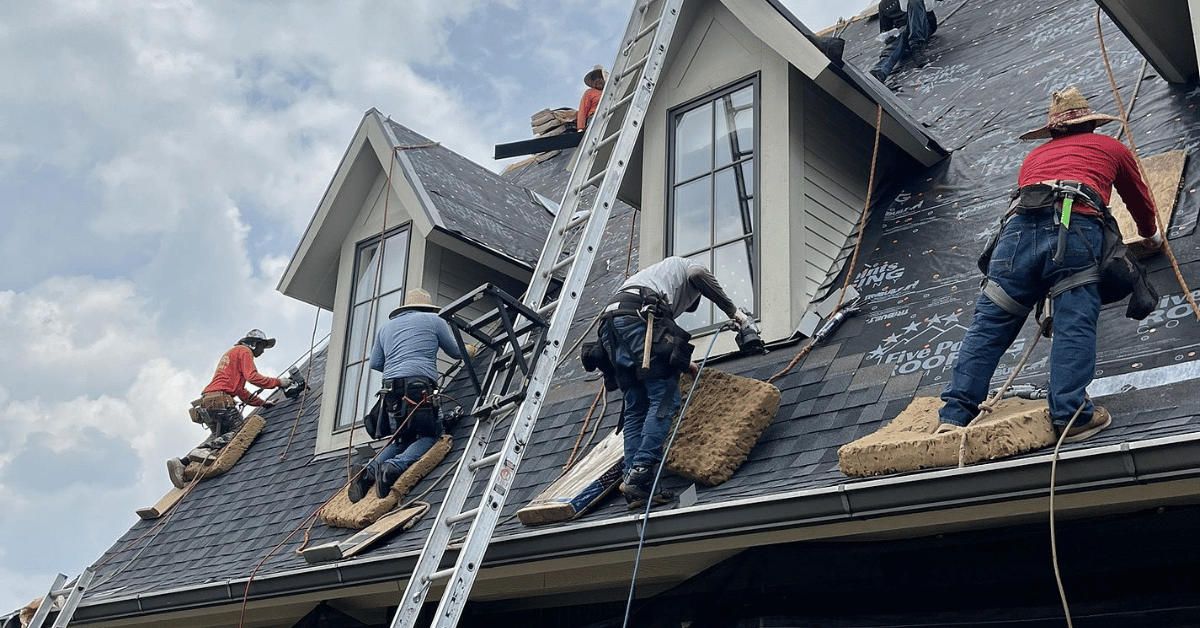
Bonus Roofing Facts:
11. Not all shingles are created equal—Asphalt shingles have secrets of their own.
When it comes to roof replacement, asphalt shingles are often the go-to roofing material for homeowners—and for good reason. But did you know that not all asphalt shingles are the same? There are several types of asphalt shingles, with three-tab shingles and architectural shingles being the most common. Three-tab shingles are a budget-friendly option, but architectural shingles offer greater durability, improved wind resistance, and often come with longer warranties. This means architectural shingles can be a smarter investment for those looking for a longer-lasting new roof.
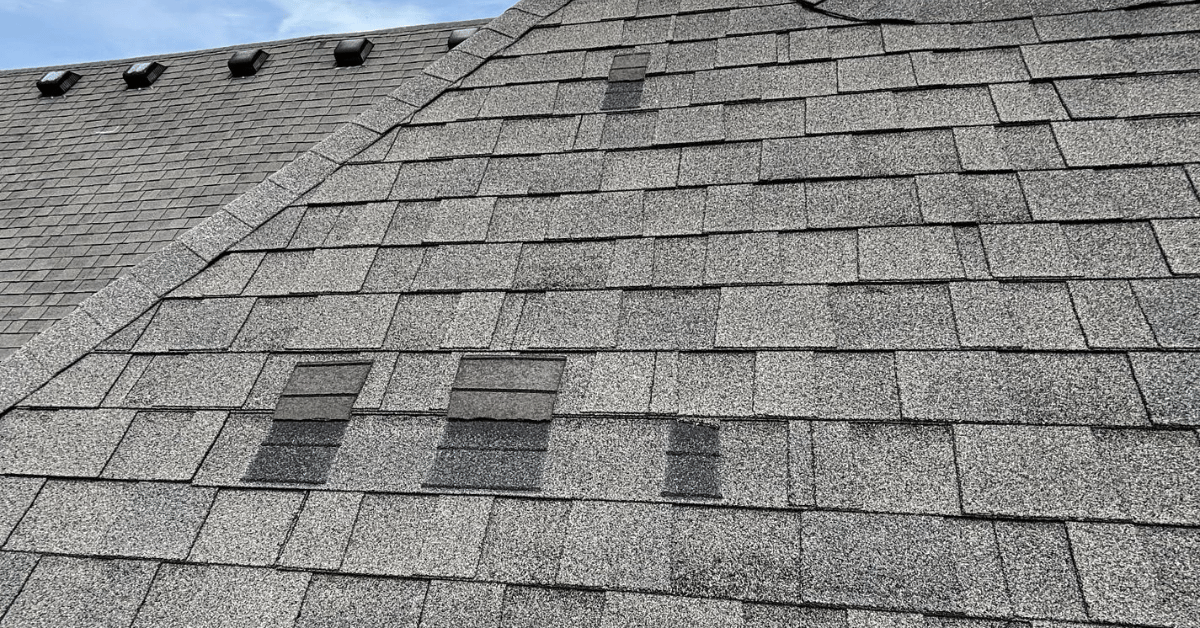
Asphalt Shingles: There's a Range of Options
Asphalt shingles also come in a wide variety of colors and styles, allowing you to customize your roof to match your home's aesthetic. When choosing roofing materials for your roof replacement, consider not just the cost, but also the energy efficiency, durability, and style of the shingles. Making informed decisions about your roofing material can help you get the most value and performance from your new roof. As part of regular roof maintenance, homeowners should inspect for cracked shingles, as these can indicate potential problems that need prompt attention.
12. Metal roofing isn't just for barns—it's a modern marvel.
Forget the old image of metal roofing as something reserved for barns or industrial buildings. Today's metal roofs are a top choice for homeowners seeking a blend of style, durability, and energy efficiency. Modern metal roofing materials are highly resistant to weather, fire, and pests, with aluminum being a popular and durable option among other metals.

Manufacturers now design metal roofs to mimic the appearance of traditional roofing materials like asphalt shingles, clay tiles, or even wood shakes, giving you plenty of options to enhance your home's curb appeal. When installed by a skilled roofing contractor, metal roofs can last for decades, making them a smart choice for anyone looking to replace an old roof with something that's both sustainable and stylish. Plus, at the end of their long lifespan, metal roofs are fully recyclable, making them an environmentally friendly roofing material for the eco-conscious homeowner.
13. Your roof's final inspection is more important than you think.
Roofing professionals complete the process with a final inspection, one of the most critical steps. After your new roof is installed, a thorough inspection by your roofing contractor ensures that every detail meets quality standards. At this stage, a professional roof inspection is crucial for identifying any potential issues early and ensuring your roof is safe and built to last. During this inspection, the contractor will check for proper installation of flashing, vents, and shingles, look for any signs of damage or missed spots, and confirm that your roof is watertight. This is also the time to review warranty information and get maintenance tips to keep your new roof in top shape.
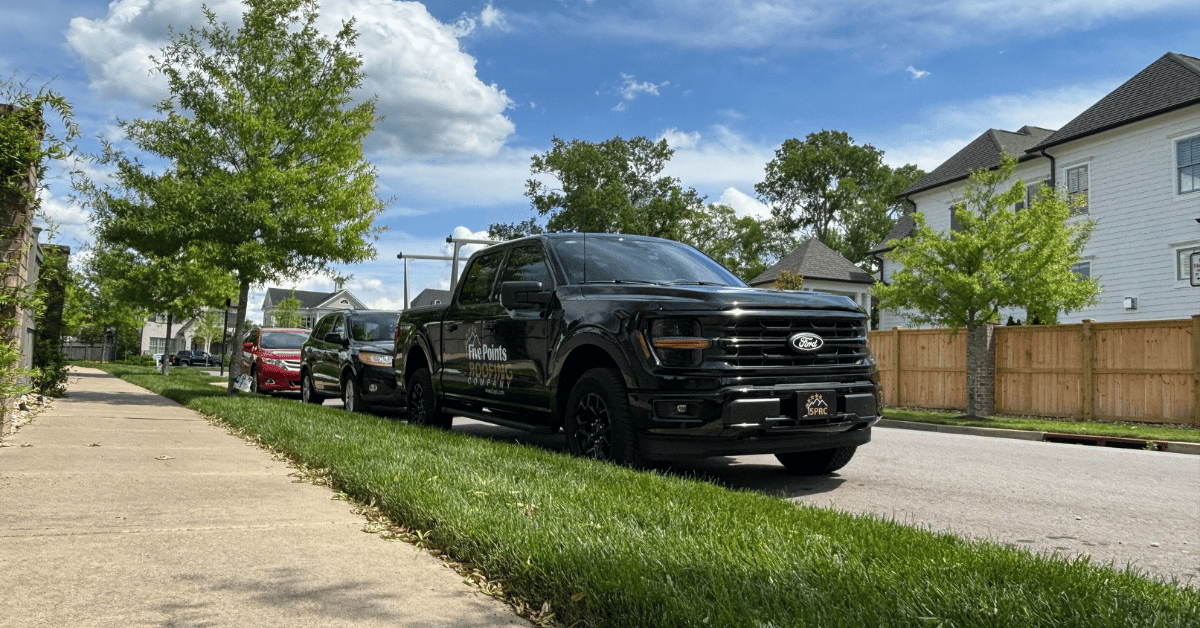
Skipping Roofing Steps is Not the Best Practice
Don't skip or rush this step—an attentive final inspection can catch small issues before they become big problems, giving you peace of mind and helping you protect your investment for years to come. If you have any questions about your new roof or the roof replacement process, the final inspection is the perfect time to ask your contractor.
To maintain your roof's performance and safety, make regular inspection a part of your ongoing roof maintenance routine. This helps catch issues early and prolongs the lifespan of your roof.
14. Roofing safety isn't just for the pros—your family's well-being depends on it.
Roofing safety is about much more than hard hats and harnesses—it's about protecting your home and everyone in it. Even if you're not climbing up there yourself, as a homeowner, you play a crucial role in keeping your roof safe and sound. Regular roof inspection by a qualified roofing contractor can catch issues like missing shingles, damaged flashing, or hidden structural problems before they turn into bigger hazards.
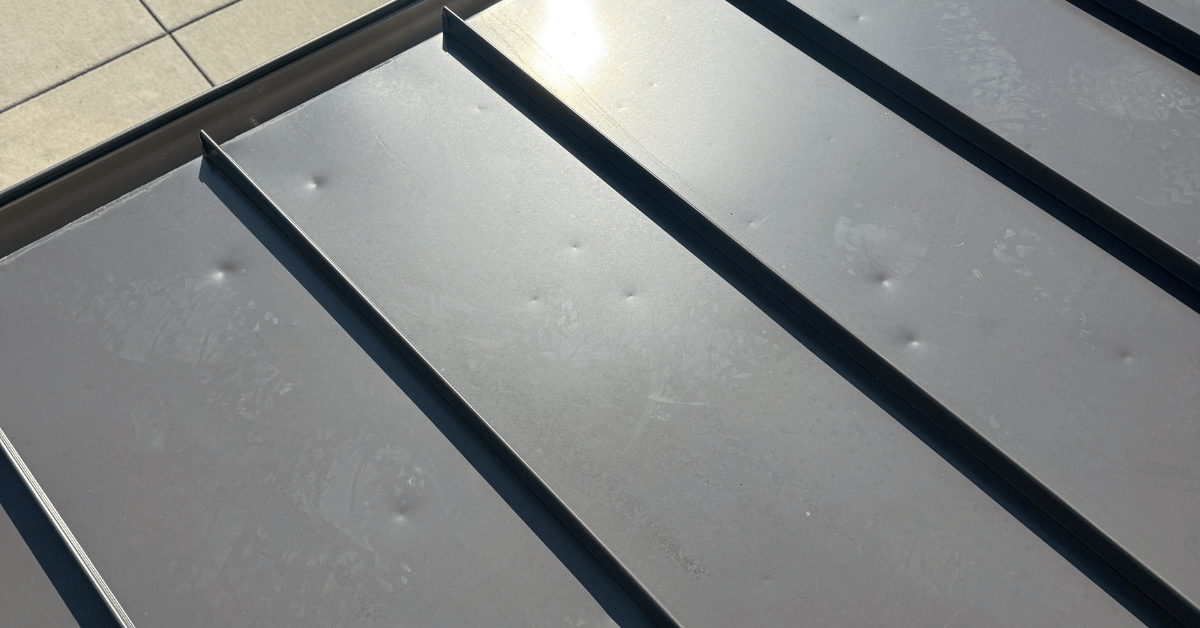
What You Need to Know about High-Quality Roofing Materials
High-quality roofing materials, such as asphalt shingles or metal roofs, add an extra layer of defense against extreme weather, helping to shield your home from wind, rain, and debris. Don't overlook the importance of professional roofers when it comes to repairs or upgrades; their expertise ensures every layer of your roofing project is installed to the highest standards. By prioritizing roofing safety and maintenance, you're not just protecting your investment—you're ensuring peace of mind for your entire family, no matter what the weather brings.
15. Roofing technology is changing faster than you think.
The roofing industry is experiencing a wave of innovation, and today's roofing systems are smarter and more sustainable than ever. Homeowners now have access to advanced options like solar panels, which can turn your roof into an energy-producing powerhouse, and green roofs that boost energy efficiency while supporting the environment.
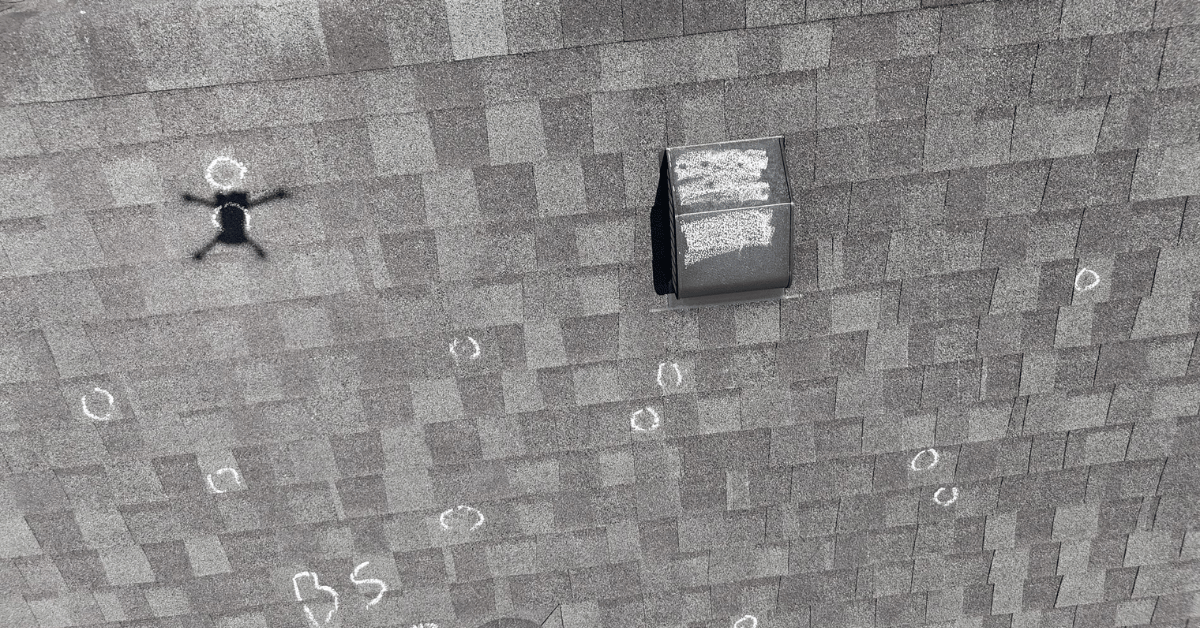
Recycled Roofing Materials
Roofing manufacturers are increasingly using recycled materials, such as reclaimed metal and fiberglass, making roof replacement projects more eco-friendly and reducing landfill waste. Professional roofers are also leveraging new tools and installation techniques, allowing for faster, more precise repairs and longer-lasting results.
Staying up to date with these advancements means you can choose roofing materials and systems that offer superior durability, lower energy bills, and a smaller environmental footprint. Whether you're planning a repair or a full roof replacement, embracing the latest roofing technology ensures your home is protected by the best the industry has to offer.
Protect What Matters Most
At Five Points Roofing, we believe that your roof is more than just a part of your house—it's peace of mind for your family. With over 75 years of combined experience and HAAG-certified inspectors, our local, family-owned team brings unmatched craftsmanship, honest recommendations, and industry-leading warranties to every job we take on.

From Franklin to Brentwood, Nashville to Nolensville, we know the roofs that protect Tennessee families. And we don't just install roofs—we build relationships, one shingle at a time.
Curious about your roof's condition? Let's take a look—on the house.
Call us today at 615-794-4001 or Schedule your FREE roof inspection to get started.


